The homeopathy market in South America is characterized by a competitive landscape that is increasingly dynamic, driven by a growing consumer preference for natural and holistic health solutions. Key players such as Boiron (FR), Schwabe (DE), and Hahnemann Laboratories (US) are strategically positioned to leverage this trend. Boiron (FR) focuses on innovation in product development, emphasizing the efficacy of its homeopathic remedies, while Schwabe (DE) has adopted a regional expansion strategy, enhancing its distribution networks across South America. Hahnemann Laboratories (US) appears to be concentrating on digital transformation, utilizing e-commerce platforms to reach a broader audience. Collectively, these strategies contribute to a competitive environment that is both fragmented and collaborative, as companies seek to differentiate themselves through unique offerings and enhanced customer engagement.
In terms of business tactics, localizing manufacturing and optimizing supply chains are critical for these companies. The market structure is moderately fragmented, with several players vying for market share, yet the influence of major companies remains substantial. This competitive structure allows for a diverse range of products and services, catering to varying consumer needs and preferences. The collective actions of these key players shape the market dynamics, fostering an environment where innovation and responsiveness to consumer demands are paramount.
In October 2025, Boiron (FR) announced the launch of a new line of homeopathic remedies specifically designed for respiratory health, responding to increasing consumer demand for natural alternatives. This strategic move not only reinforces Boiron's commitment to innovation but also positions the company to capture a growing segment of health-conscious consumers. The introduction of these products is likely to enhance Boiron's market presence and strengthen its competitive edge in the region.
In September 2025, Schwabe (DE) expanded its distribution network by partnering with local pharmacies across Brazil, aiming to improve accessibility to its homeopathic products. This partnership is strategically significant as it allows Schwabe to tap into the local market more effectively, ensuring that its products are readily available to consumers. Such initiatives may enhance brand loyalty and increase market penetration, particularly in underserved areas.
In August 2025, Hahnemann Laboratories (US) launched a comprehensive digital marketing campaign targeting South American consumers, focusing on the benefits of homeopathy. This campaign is indicative of the company's shift towards digital transformation, aiming to engage a tech-savvy audience. By leveraging social media and online platforms, Hahnemann Laboratories is likely to enhance its brand visibility and attract a younger demographic, which could be crucial for long-term growth.
As of November 2025, current competitive trends in the homeopathy market include a pronounced emphasis on digitalization, sustainability, and the integration of artificial intelligence in product development and customer engagement. Strategic alliances among companies are increasingly shaping the landscape, fostering collaboration that enhances innovation and market reach. Looking ahead, competitive differentiation is expected to evolve, with a shift from price-based competition to a focus on innovation, technology, and supply chain reliability. This transition may redefine how companies position themselves in the market, emphasizing the importance of unique value propositions and sustainable practices.



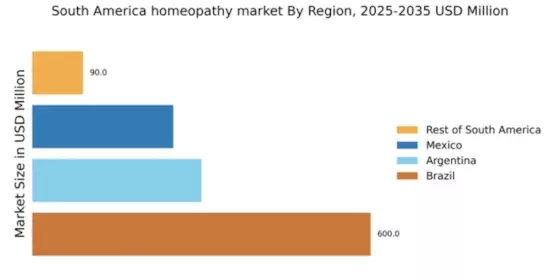

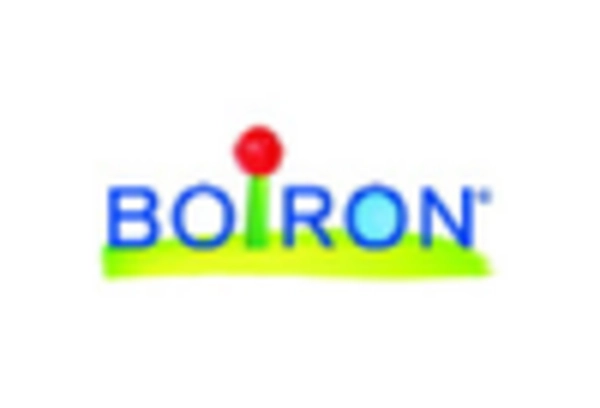
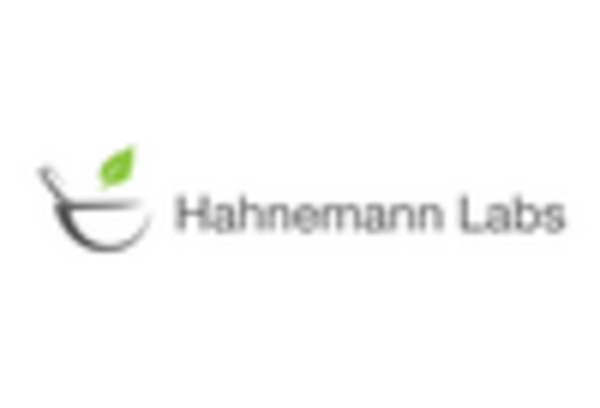
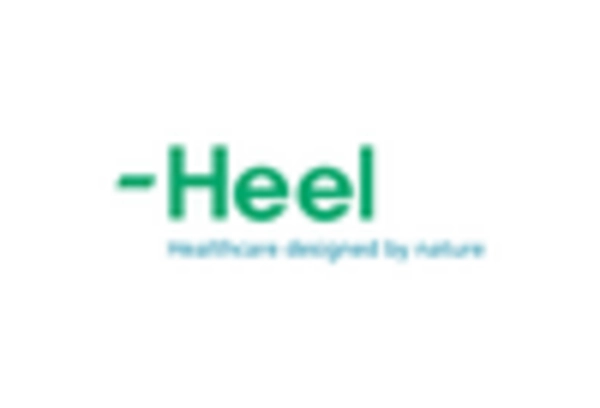
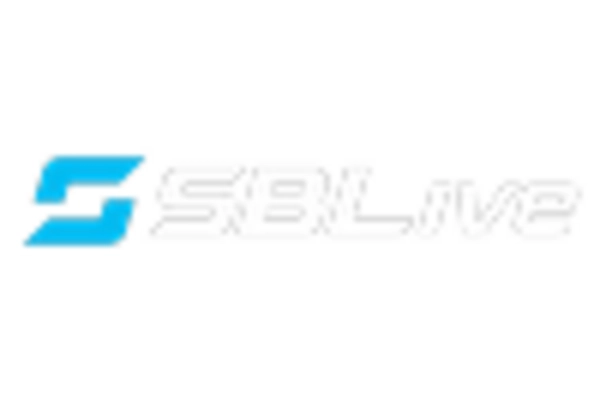
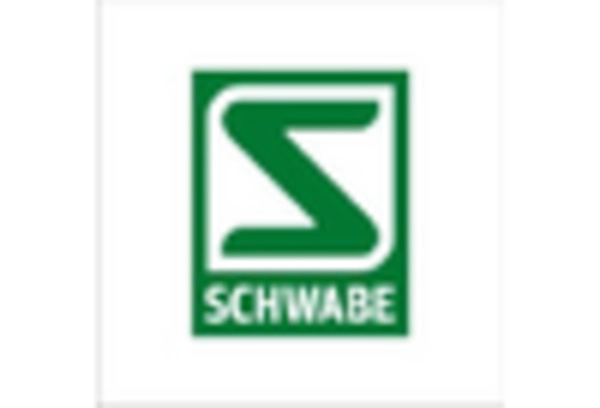








Leave a Comment